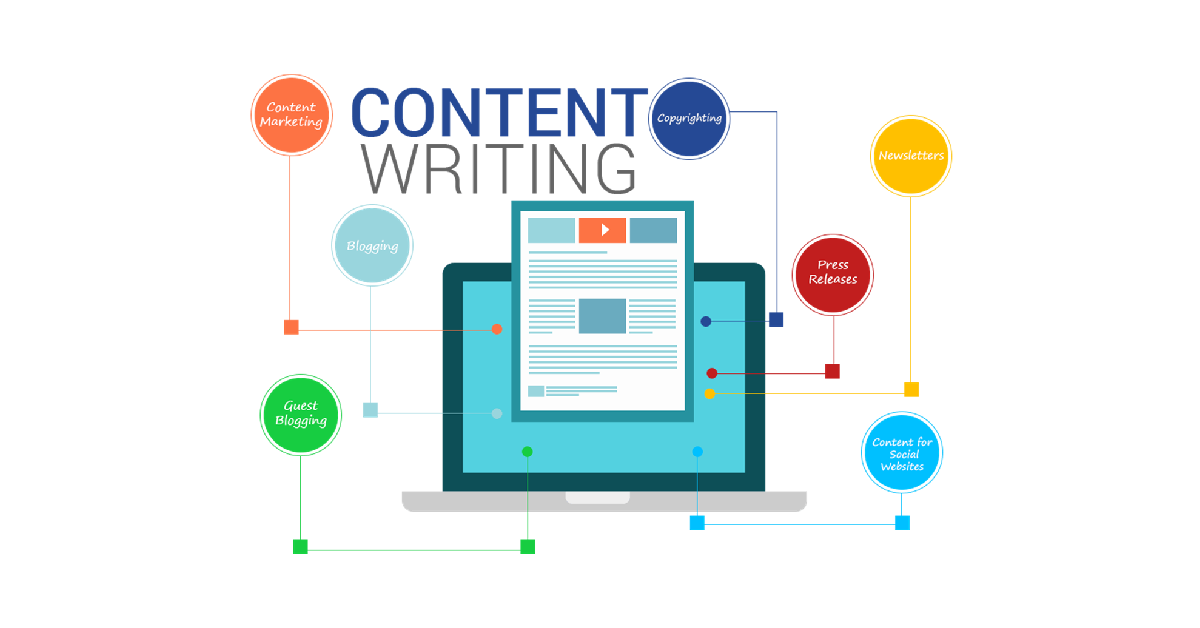January 31, 2024
The Art of SEO Content Writing: How to Craft High-Quality Articles for Search Engines

SEO content writing is all about creating online content that is not only interesting and helpful to readers but also ranks well on search engines like Google. When people search for something on the internet, they typically click on the first few results they see. SEO content helps your web pages appear higher in those results.
In a nutshell, SEO content writing is about making your content attractive to both human readers and search engines. It’s a crucial skill for anyone who wants their online content to be found and read by a wider audience. This guide will explain the basics of SEO content writing and how we can craft high-quality articles for search engines.
Crafting a high-quality article through SEO content writing involves a combination of excellent writing skills, thorough research, and a focus on user engagement. Here’s a step-by-step guide to help you create an engaging content:
1. Topic selection
Selecting the right topic for your article is a critical first step in the content creation process. It involves a thoughtful analysis of your audience’s needs, your website’s theme, SEO considerations, trends, and your own passion and expertise. The goal is to create content that not only meets the needs of your target audience but also aligns with your website’s overarching purpose and strategy, ultimately driving engagement and growth.
2. Keyword research
Keyword research is a pivotal step in SEO content writing that involves delving into the words and phrases people use when searching for information online. It’s about understanding the language your target audience speaks and using that knowledge to guide your content creation. To conduct effective keyword research, you need to identify keywords or phrases that are not only related to your chosen topic but also have the potential to drive organic traffic to your website.
3. Structure and outline
Structuring and outlining your article is the blueprint for creating a well-organised and reader-friendly piece of content. It’s like building a house; you need a solid foundation and a clear plan. Start with an engaging introduction that introduces the topic and sets the stage for what’s to come. Then, break your content into logical sections using subheadings, helping readers navigate and understand the article’s flow. The body of your article should delve into the main points you’ve outlined, ensuring that each point connects back to your chosen topic and keywords. This cohesive structure keeps your content focused and easy to follow. Finally, wrap it up with a conclusion that summarises the key takeaways and gives out the main message.
4. Crafting a title
Crafting a high-quality article involves a multi-faceted approach that ensures your content is not only well-written but also optimised for both readers and search engines. It all begins with your article’s title, which should be engaging, keyword-rich, and a precise representation of the content within.
5. Introduction
Your introduction sets the tone for the article. It’s your chance to grab the reader’s attention and provide a clear idea of what your article is all about. Here, naturally include your primary keyword in the introduction to signal the topic’s relevance to search engines.
6. Informative and engaging content
Moving into the body of your article, focus on creating informative and engaging content. Offer valuable insights, solutions to problems, or answers to questions that your readers may have. Use clear and concise language to maintain reader interest, and consider using subheadings, bullet points, and images to break up the text and enhance readability. Importantly, incorporate your primary and secondary keywords naturally within the content to boost SEO.
7. Credible sources
Credibility is key, and you can achieve this by supporting your claims with data, statistics, and references from authoritative sources. This not only strengthens your content’s trustworthiness but also provides valuable context to your readers.
8. Visual content
Visual content, such as images, infographics, or videos, adds an extra dimension to your article. Ensure that these visuals are relevant and enhance the article’s overall appeal. Don’t forget to optimise images for faster loading times and provide descriptive alt text for accessibility and SEO benefits.
9. Internal and external links
The judicious use of internal and external links is important. Internal links guide readers to related content on your website, enhancing their experience. External links to reputable sources back up your claims and provide further information for interested readers.
10. Engaging Conclusion
In your conclusion, summarise the key points of your article. Encourage reader engagement by asking questions, suggesting actions, or inviting comments. This helps foster a sense of community and interaction around your content.
11. Proofreading and editing
Before publishing, don’t skip the essential steps of proofreading and editing. Carefully review your article for spelling, grammar, and punctuation errors. Edit for clarity, coherence, and consistency in style and tone.
12. Optimise for SEO
Optimising for SEO is integral. Ensure your primary keyword appears in the article’s title, meta description, and content itself. Use header tags like H1, H2, H3, etc., to organize your content and incorporate keywords appropriately. Pay attention to on-page SEO elements like URL structure, image alt text, and meta tags.
13. User experience
Consider the user experience by making your article easy to read and navigate. Prioritise mobile responsiveness and fast loading times to accommodate a variety of devices and maintain user engagement.
14. Call to action (CTA)
Include a clear Call to Action (CTA) that directs readers on what actions to take next. Encourage them to share the article, subscribe to your newsletter, or explore related content.
15. Publish and Promote
After publishing, promote your article through various channels such as social media, email marketing, and other relevant platforms to increase its visibility.
16. Monitor and Update
Lastly, monitor your article’s performance using analytics tools and be ready to make updates or improvements as needed to ensure its continued relevance and effectiveness. This comprehensive approach ensures your article not only captures the attention of your target audience but also stands out in the competitive online landscape.
Conclusion
In summary, writing high-quality content is a combination of art and science, where creativity meets strategy. By adhering to the above-mentioned steps, you can consistently produce high-quality content that not only captivates your readers but also ranks well in search engines, ultimately driving success for your website or business.




